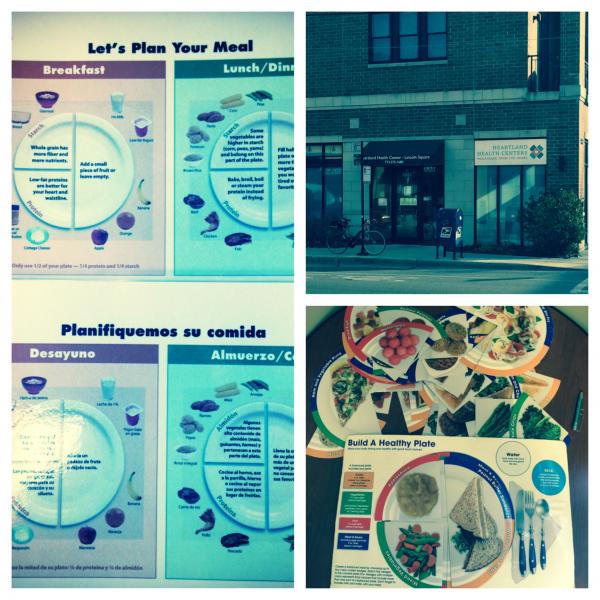Serving Across A Language Barrier
This post was written by Josh Trierweiler.
Josh serves as a Health Promoter at Heartland Health Center - Lincoln Square
The transition from Pre-Service Orientation to beginning service at our host sites was full of challenges for the Chicago Health Corps as a whole. Following the first month, we reflected as a Corps on the struggles of discovering and filling new niches at our host sites, where the other employees were already entrenched in their busy day-to-day duties. When I stepped into my role as a Health Educator at Heartland Health Center - Lincoln Square, a unique challenge at my site seemed particularly daunting. The majority of the patients do not speak English.

Despite having studied Spanish in school for eight years and briefly living in a Spanish speaking country, I felt incredibly intimidated walking into a community clinic where the majority of both employees and patients have been fluent in Spanish their whole lives. My primary role as an AmeriCorps member at Heartland is diabetes and nutrition education. That means spending time conversing one on one with a patient for over thirty minutes at a time. While getting situated at my host site during the first week, I remember spending hours nervous that I would be referred a patient that wouldn't understand any English, and I would embarrass myself with my'functional" Spanish. As promised, the patients started coming, and most of them did not speak English. The first few required that I take a leap of faith and gain confidence in my ability to reach out to the Hispanic population. Although the learning process is still happening (Google Translate is still my friend), conversing in Spanish has become part of my daily service routine.
As the year progresses, I continue to learn more about how people from a different culture learn how to handle living with diabetes. Food holds a special place in the culture of many Hispanic communities, making the goal of healthy diet change a challenge that many don't want to undertake. Along with teaching what diabetes is and how they ended up with it, we frequently spend time brainstorming ways to keep some of the staple foods in their diet by making them healthier. As I begin to see some repeat patients that have started changing the way that they eat, I am reminded that even though my words may not come out perfectly, I can help people make healthy changes in their lives across a language barrier.